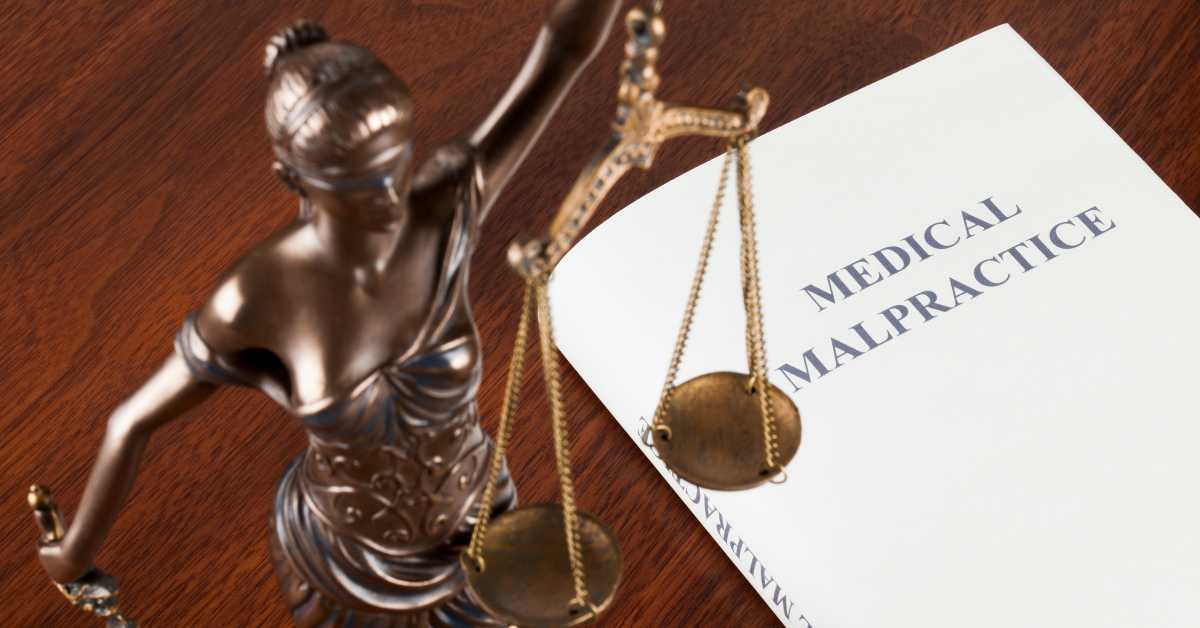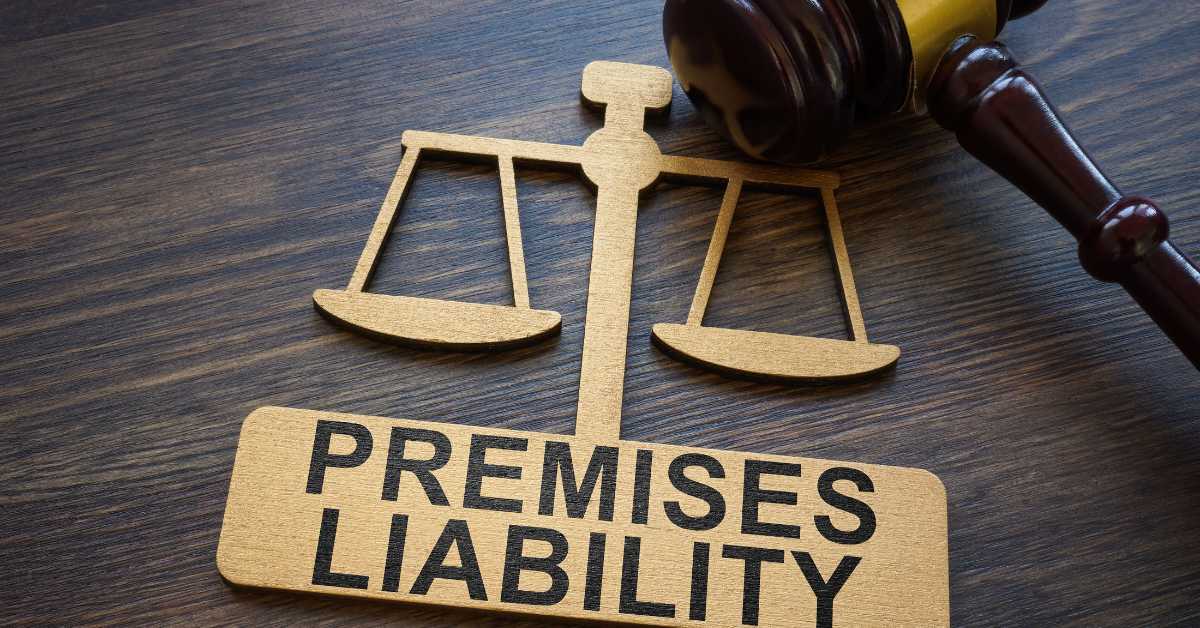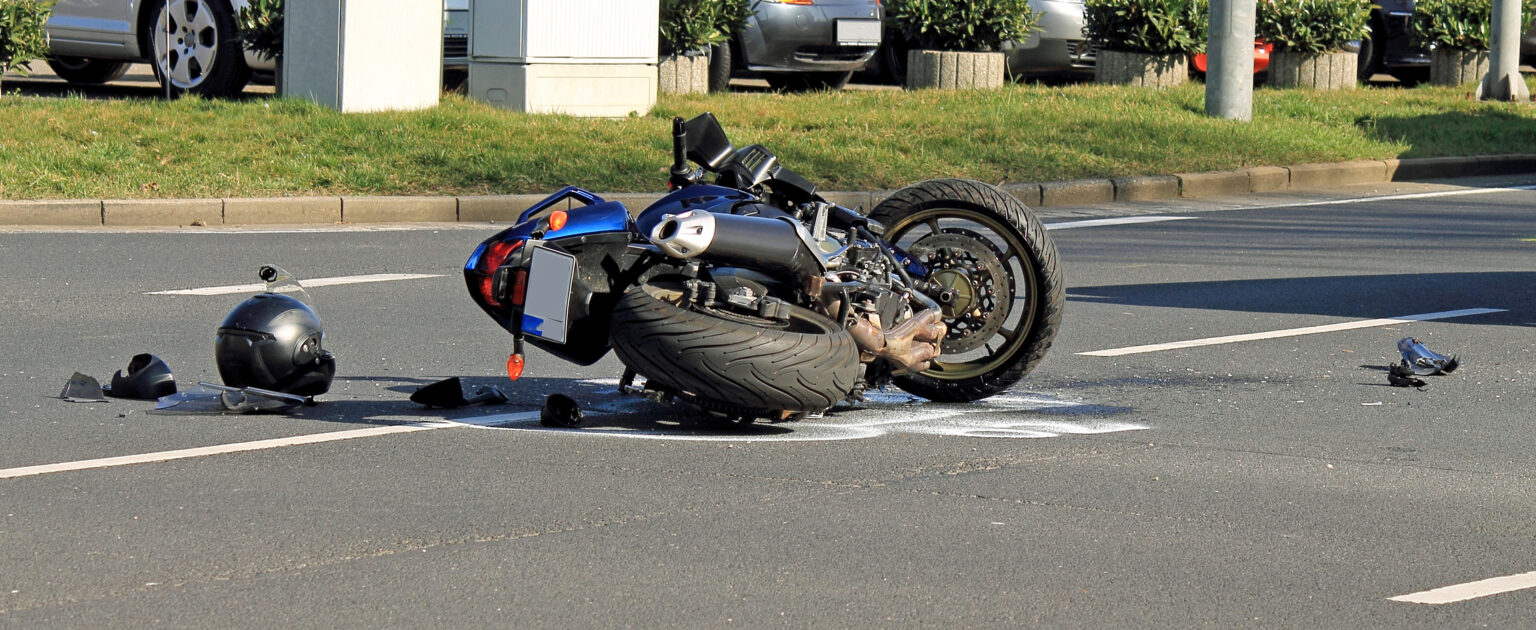
How Do You Prove Medical Malpractice?
Medical malpractice cases can feel like an uphill legal battle for most claimants and plaintiffs. This feeling is not unexpected, though. There are many protections and legal barriers between a medical professional or hospital group and liability for wrongdoing that need to be dismantled for a claim to have a reasonable chance of success. Additionally, there are even obstacles that add difficulty to even filing a claim that a court will see as viable.
What Are the Four D’s of Negligence?
Notably, medical malpractice cases are typically expected to include and prove four “Ds” before the case will advance.
The 4 D’s are:
- Duty
- Deviation
- Direct (cause)
- And damage
We want to hear from you. Call Tabor Law Firm at (317) 236-9000 or contact us online today to start your claim with our Indianapolis medical malpractice lawyer.
If you think you have been hurt by a doctor or another medical provider, and you want to file a medical malpractice claim, then you should know about these four prerequisites first.
Duty of Care Owed to a Patient
The first “D” of medical malpractice is the duty of care that a medical provider owes to a patient. Of course, all medical practitioners should be mindful of how they treat people in need, but that isn’t a clear way to establish their duty to someone who is their patient.
From a legal standpoint, this duty is most often validated when there is a doctor-patient relationship between the medical provider and the claimant. In many claims, a doctor-patient relationship is not difficult to prove because the claimant will name their primary care physician as the one who hurt them, such as misdiagnosing one ailment for another or not reaching a diagnosis at all.
But proving that relationship can be surprisingly complicated when the patient needed urgent medical care, such as treatment in an emergency room or while they are unconscious. If a medical provider never has a chance to communicate clearly and concisely with a patient, then it can be reasoned that they never established a doctor-patient relationship and, therefore, the strictest duty of care is not present.
Still, the absence of a doctor-patient relationship does not mean that no medical malpractice claim can be filed. Instead, the patient might be able to bring the claim against the medical group or hospital rather than the individual practitioner.
Deviation from the Acceptable Standard of Care
Problems can and do happen during regular and reliable medical treatments. Medical providers can predict to the best of their abilities what treatment will work and what side effects might occur, but there will always be a chance of unexpected outcomes or a slim margin of error.
As such, a medical malpractice claim will need to prove that the harm occurred due to the defendant deviating from the normally acceptable standard of care a patient should be able to expect. To prove that deviation happened and that the change of procedure hurt the patient, medical malpractice attorneys will usually rely on other medical experts from the same field as the defendant.
The goal is to show that another doctor with similar knowledge reasonably would have acted differently in the same situation if they had been the one treating the claimant. A deviation can be something as subtle as recommending the wrong type of pharmaceutical.
Or it can be something as drastic as leaving a medical instrument inside a surgery patient. In either case, if another medical provider reasonably would not have made that same error or decision, then it can be argued as an unacceptable deviation from the acceptable standard of medical care.
Direct Cause of the Patient’s Injuries
Deviating from acceptable medical norms is obviously bad, but it does not automatically constitute medical malpractice. The next “D” to prove is that the deviation was the direct cause of the patient’s injuries or illness.
The term ‘direct’ is actually a little misleading, though. A medical provider can cause direct harm by doing something erroneous, like operating on the wrong body part or prescribing a dangerous medication to a patient who they should have known should not take it.
But a doctor’s inaction can also be the cause of a patient’s injury. For example, if a doctor does not order the right diagnostic tests and a patient’s cancer goes undetected for months or years, then that lack of action can still be described as the direct cause of the continued or worsened illness.
Failing to treat or diagnose an injury is one of the more complicated forms of medical malpractice. Although a medical malpractice lawyer is recommended for all cases, they are practically a necessity for cases with an obscured liability like a misdiagnosis case.
Damages Related to the Wrongdoing
The final “D” in a medical malpractice case – and essentially any personal injury claim – is that damage was actually done to the claimant. In some ways, injury claims follow the ‘no harm, no foul’ adage in that a defendant cannot be held financially accountable for negligence if there is no damage to link to it.
Generally, it is not difficult to prove that damage has occurred to the plaintiff in a medical malpractice claim. Medical errors often require follow-up treatments for additional costs, which are a form of economic damage. Plaintiffs who have missed work due to their injuries or illnesses can also cite lost wages as damages they want to be repaid.
Also, noneconomic damages related to a claimant’s pain, suffering, and hardships can be counted as damage in a medical malpractice claim, even when there are no clear economic damages to demand. After all, it is not difficult to imagine that an injured patient has experienced mental and emotional turmoil due to the mistakes of their medical provider, so noneconomic damages are usually justified in a medical malpractice claim.
The trouble with damages is instead usually related to proving the extent of those damages. How many medical treatments were necessary and how many were elective? How much pain did the patient experience and was it enough to debilitate them? Questions such as these will be asked and challenged by the defense, so the claimant or plaintiff will want to prepare for them ahead of time with the help of an attorney.
Trusted Guidance When You Need It
Tabor Law Firm, LLP in Indianapolis can help you manage your medical malpractice claim, starting with determining its viability and if it includes all the four D’s of medical negligence. We can begin with a free consultation that is no-cost and no-risk to you.
Give our trusted team a call at (317) 236-9000 or contact us online whenever you are ready and we will schedule your consultation as soon as we can.

































































































